I’ve always known my daughter, Campbell, was one of a kind. She had a full head of the most beautiful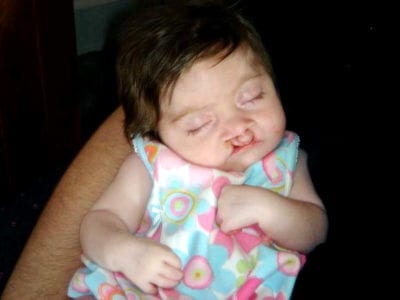 hair, big blue eyes, and a strong will from the moment she was born. As soon as she entered the world, the nurse whisked her away before I could see her. I quickly learned she had a bilateral cleft lip and palate undetected during pregnancy.
hair, big blue eyes, and a strong will from the moment she was born. As soon as she entered the world, the nurse whisked her away before I could see her. I quickly learned she had a bilateral cleft lip and palate undetected during pregnancy.
This was the first of many signs she had a genetic syndrome, but finding a name for it became a journey lasting a decade.
As a newborn and infant, she struggled with many of the issues those with cleft lip and palate face, such as feeding and multiple surgeries. I quickly searched for answers and help before finding them online in a parent support group. Talking with others facing a similar journey comforted and empowered me as I began to learn how to be both a mom and advocate for Campbell.
Soon, we found she might be facing more than an isolated cleft lip and palate when she was hospitalized with a respiratory virus and fighting for her life. That was the beginning of our experience in the world of genetics.
As each test came back normal or negative, the fear of the unknown grew. It often felt like a race against time as the “what ifs” ran through my mind. What if she had something terminal? What if there was a treatment that could help, or even better, a cure?
Searching for Answers
I searched relentlessly for an answer or clue to her symptoms sifting through everything from medical journals, patient/family stories, and watching every episode of Mystery Diagnosis. It almost became a mission to beat the doctors who often said, “We just don’t know, that’s Campbell.”
It became isolating at times, and while I still keep in touch with many of the moms from the cleft lip and palate group, I never felt like we fit anywhere. I watched as moms of children diagnosed with Down syndrome or cerebral palsy join support groups and have resources on what to expect and potential treatments.
I was left to “expect the unexpected,” which I often did. Maya Angelou’s quote is still on my phone, “Hoping for the best, prepared for the worst, and unsurprised by anything in between.” That became my motto in life.
Campbell Stops Meeting Milestones
But the reality was my sweet girl wasn’t meeting developmental milestones or gaining weight. She was slowly approaching her first birthday and couldn’t roll over or sit up unassisted. She began having seizures, with some lasting almost an hour.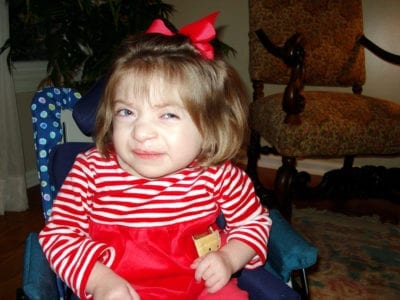
That’s when I started bringing her to Cincinnati Children’s in search of answers and quickly found the two-hour drive from our home in Richmond, Kentucky well worth it. As her lists of specialists grew, she received excellent care but we still didn’t have an answer to the “why” of it all. As she got older, I began to accept that and joined multiple support groups for the many symptoms she had, like epilepsy and feeding tube groups. Our support system was large and she was doing well, so I felt at peace with not knowing.
About a year a go, she started to show a decline neurologically and was sleeping a lot. The concern for answers resurfaced and the need to find a diagnosis was more important than ever.
A mom of a child with an ultra-rare syndrome called Bohring-Opitz Syndrome (BOS), contacted me on social media around the time we were pursuing whole exome sequencing. This was suggested by Dr. Robert Hopkin, a geneticist at Cincinnati Children’s. This mother noted the similarity between our daughter’s facial features and symptoms.
Finding a Diagnosis: Bohring-Opitz Syndrome
Three months shy of Campbell’s eleventh birthday we received the news she had the genetic mutation on the ASXL1 gene confirming she had Bohring-Opitz Syndrome (BOS). She was one in approximately 80 known cases in the entire world. I wasn’t too off the mark that she’s one of a kind.
Finding a diagnosis has made a difference for us even though there isn’t a lot known about the ultra-rare condition. We are now part of a small but fierce community of parents and caregivers of those with BOS. I’ve been able to share my story as a mom of an older child with BOS to give advice and hope, while others have allowed me to begin to connect the dots of Campbell’s complex needs.
I was a little shocked but excited to learn that Dr. Bianca Russell, another geneticist at Cincinnati Children’s, has made Bohring-Opitz Syndrome a focus of her research and clinical practice. The fact someone with so much knowledge about this ultra-rare syndrome was so close felt like a reward for the rollercoaster ride we’ve been on.
It’s as if things are finally starting to fall into place. We are looking forward to continuing this journey and are happy to have found our crew in the Bohring-Opitz Syndrome community.
Editor’s note: Michelle is a member of our Champions Program, which offers our patients and families a variety of opportunities to share their story with the community.
To learn more about our Division of Human Genetics, visit our webpage or call 513-636-4760, option 1 to schedule an appointment.

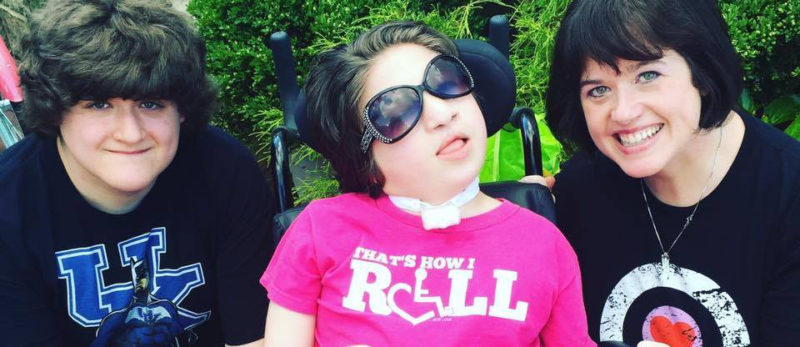
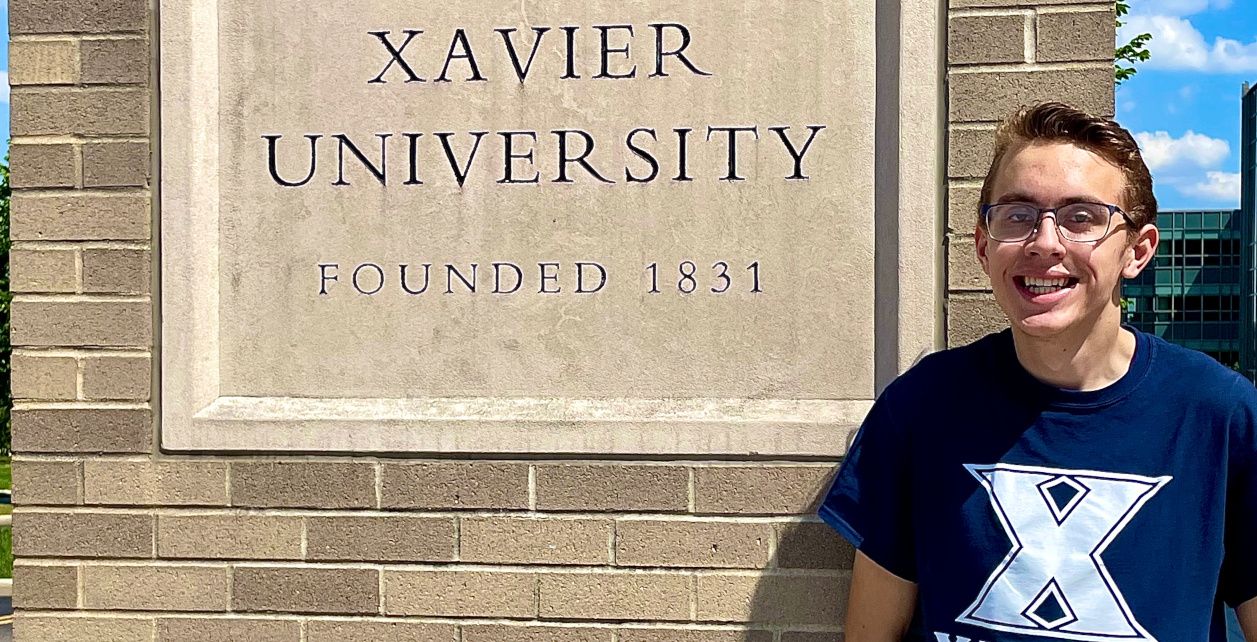
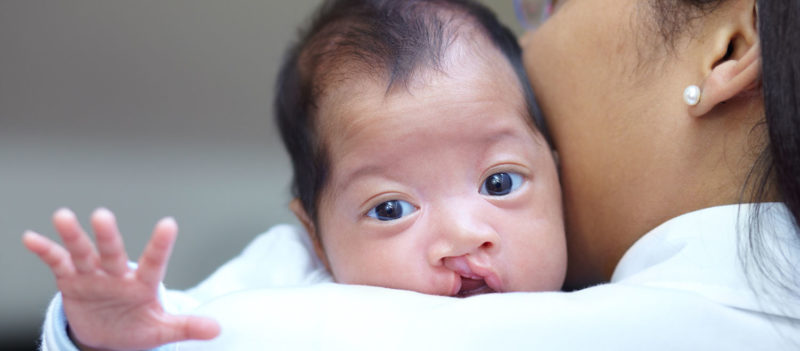
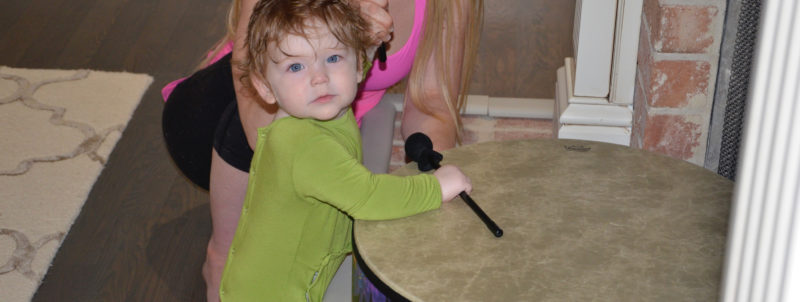
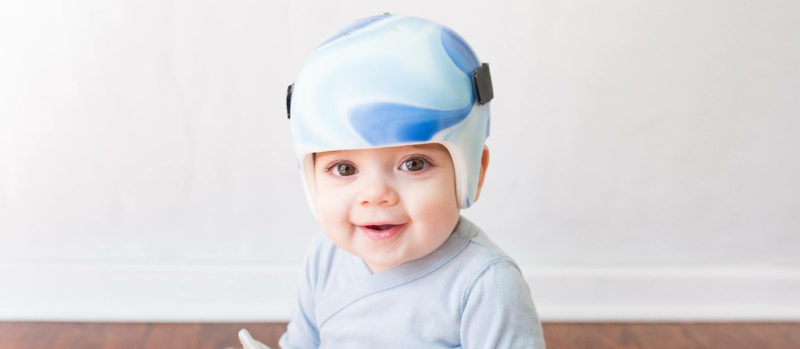
There is hope, our son just graduated from his third university and all athletic scholarships. Finally, after many surgeries, you have to look very closely to determine he’s had cleft lip and pallet repairs. He also has had his share of learning issues, but with lots of help and determination he has accomplished enough of a secondary education to compete in the business world.
This brings me to my point of issue
My son knows he has the clefts, but was so young it really doesn’t bother him. He also has a younger brother who has facial features of a mild Opitz case. The debate and thing I battle is should he be reminded, as well as his brother that they have these mutated genes which have a 50% chance of appearing in their children. Additionally, their children’s cases could be much worse than that of what they present. Subsequently, if you had a choice of being born with facial disfigurement in this often cruel world, would you chance it? After all, there a large amount of children just waiting for adoption for a number of reasons. Yes…..I feel terrible about bringing my son into this world with facial deformations. However, we had no idea until the day he was born. My wife thereafter went on a mission with geneticists who all took one look at me and said I was the culprit. In turn, the wife felt better, but it has been hell for me. I frat at even discussing the topic with my son(s), but don’t want to open any closed wounds, yet think he needs to make educated decisions when it comes to reproducing.